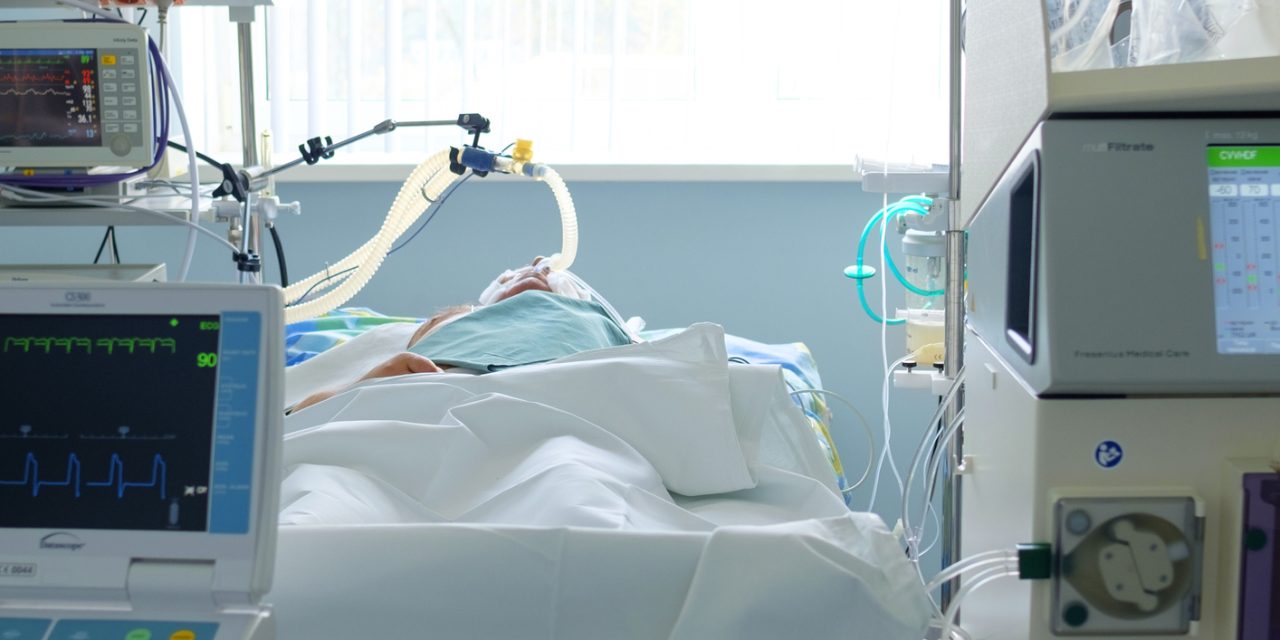To evaluate the diagnostic accuracy and the imaging features of routine admission chest X-ray in patients suspected for novel Coronavirus 2019 (SARS-CoV-2) infection.
We retrospectively evaluated clinical and X-ray features in all patients referred to the emergency department for suspected SARS-CoV-2 infection between March 1st and March 13th. A single radiologist with more than 15 years of experience in chest-imaging evaluated the presence and extent of alveolar opacities, reticulations, and/or pleural effusion. The percentage of lung involvement (range 5 days) and according to age (≤ 50 and > 50 years old).
A total of 518 patients were enrolled. Overall 314 patients had negative and 204 had positive RT-PCR results. Lung lesions in patients with SARS-Cov2 pneumonia primarily manifested as alveolar and interstitial opacities and were mainly bilateral (60.8 %). Lung abnormalities were more frequent and more severe by symptom duration and by increasing age. The sensitivity and specificity of chest X-ray at admission in the overall cohort were 57 % (95 % CI = 47-67) and 89 % (83-94), respectively. Sensitivity was higher for patients with symptom onset > 5 days compared to ≤ 5 days (76 % [62-87] vs 37 % [24-52]) and in patients > 50 years old compared to ≤ 50 years (59 % [48-69] vs 47 % [23-72]), at the expense of a slightly lower specificity (68 % [45-86] and 82 % [73-89], respectively).
Overall chest X-ray sensitivity for SARS-CoV-2 pneumonia was 57 %. Sensitivity was higher when symptoms had started more than 5 days before, at the expense of lesser specificity, while slightly higher in older patients in comparison to younger ones.
Copyright © 2020 Elsevier B.V. All rights reserved.
Diagnostic impact of bedside chest X-ray features of 2019 novel coronavirus in the routine admission at the emergency department: case series from Lombardy region.


